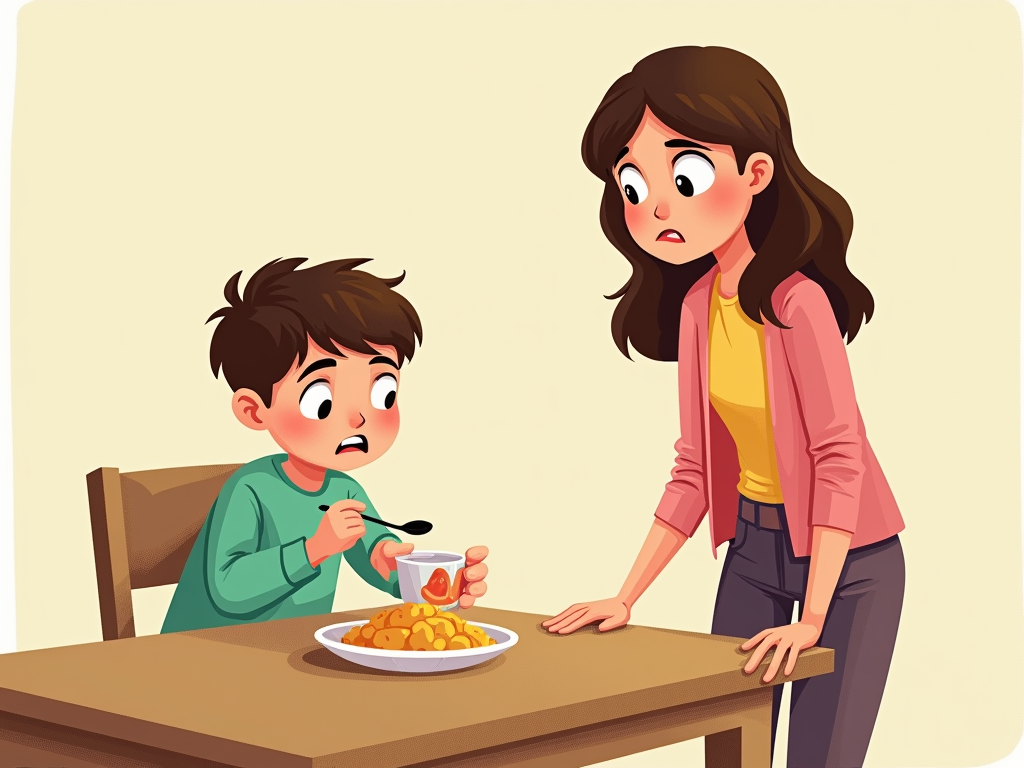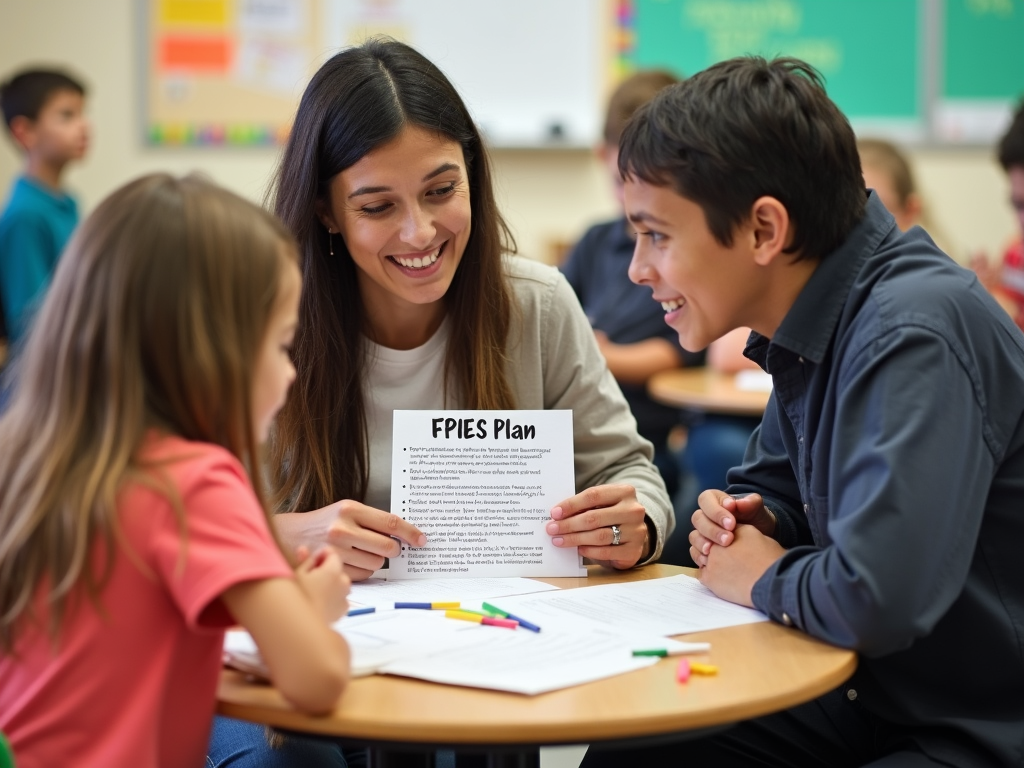Food Protein-Induced Enterocolitis Syndrome (FPIES) is a rare food allergy that affects the stomach and intestines, often in young children. Unlike common allergies, it causes delayed reactions like vomiting and diarrhea. This article, Understanding FPIES: Tips for Parents and Schools, explains what FPIES is, its symptoms, and how to manage it at home and school.

What is FPIES?
FPIES is a food allergy that doesn’t show up right away like peanut allergies do. It’s called a non-IgE mediated allergy, meaning it doesn’t involve the usual immune response. Instead, it causes inflammation in the gut. Reactions happen 1-4 hours after eating a trigger food.
Common trigger foods include: - Cow’s milk - Soy - Rice - Oats - Chicken or turkey
But any food could be a trigger. Doctors diagnose it by looking at a child’s history and sometimes doing food tests. For more details, check out the FPIES Foundation’s explanation.
Acute FPIES Symptoms
When a child has an Acute FPIES reaction, it’s serious but not always obvious at first. Symptoms show up hours later and include: - Repeated vomiting - Feeling very tired or weak - Pale skin - Diarrhea (sometimes later) - Dehydration
In rare cases, it can lead to low blood pressure or shock. Parents and teachers need to act fast if they see these signs.

How Parents Can Manage FPIES at Home
Managing FPIES starts with knowing what’s safe to eat. Here’s what works: 1. Find the triggers: Team up with a doctor to figure out which foods cause reactions. 2. Avoid those foods: Keep them out of your child’s diet completely. 3. Have a plan: Write down what to do if a reaction happens, like when to call a doctor. 4. Balance nutrition: Make sure your child gets enough nutrients with safe foods.
I’ve been there—my kid had FPIES, and tracking every bite in a notebook saved us so much guesswork. It’s tough, but you figure it out step by step.
Challenges of FPIES in School Settings
Schools can be tricky for kids with FPIES. Here’s why: - Shared spaces: Lunchrooms and kitchens might have traces of trigger foods. - Delayed symptoms: A reaction might hit after school, confusing everyone. - Lack of awareness: Many people haven’t heard of FPIES.
A CDC guide on food allergies shows how schools can adapt for allergies, including rare ones like this.

A Guide to Managing Allergies in School Settings
To make school safe, try these steps: 1. Set up a 504 Plan: This is a legal document that lists what the school will do to help. 2. Teach the staff: Share what FPIES is and how to spot trouble. 3. Pack safe food: Send meals from home to avoid surprises. 4. Stay in touch: Make sure parents and school staff can talk quickly if needed.
This Guide to Managing Allergies in School Settings approach keeps kids safe and included.
Tips for Parents
You’ve got this! Here’s how to help your child at school: - Plan ahead: Meet with the principal or nurse before school starts. - Share info: Give teachers a quick rundown on FPIES—maybe print out a fact sheet. - Practice: Teach your kid what to say if they feel funny, like ‘I need help.’ - Check in: Ask the school how things are going every few weeks.
I always sent a little card with emergency steps for my child’s teacher. It made me feel better knowing they had it handy.

Tips for Schools
Schools can step up too: - Train everyone: Add FPIES to allergy training for teachers and staff. - Keep it clean: Wipe down tables and tools to avoid food traces. - Be ready: Know the signs and have a phone nearby to call for help. - Make it normal: Let the child join in without feeling different.
The American Academy of Pediatrics has great tips for schools on allergies.
My Experience with FPIES
Sending my child to school with FPIES was nerve-wracking. I’d lie awake wondering if a crumb of rice would sneak into their day. But we worked with the school—made a plan, trained the teacher—and it paid off. One day, the teacher caught my kid looking pale after snack time and called me right away. We avoided a big reaction because she knew what to look for. It’s all about teamwork.

Understanding FPIES and Allergen Exposure
Understanding FPIES and allergen exposure means knowing it’s not just about avoiding food—it’s about planning for the unexpected. At home, you control the menu. At school, it’s a team effort. With the right steps, like training and communication, exposure risks drop, and kids can focus on being kids.
Summary
FPIES is a rare allergy, but with the right knowledge, parents and schools can handle it. Spot the symptoms, avoid triggers, and work together—that’s the key. This guide, Understanding FPIES: Tips for Parents and Schools, shows how preparation makes a difference. Kids with FPIES can grow, learn, and play just like everyone else.
Discuss Here